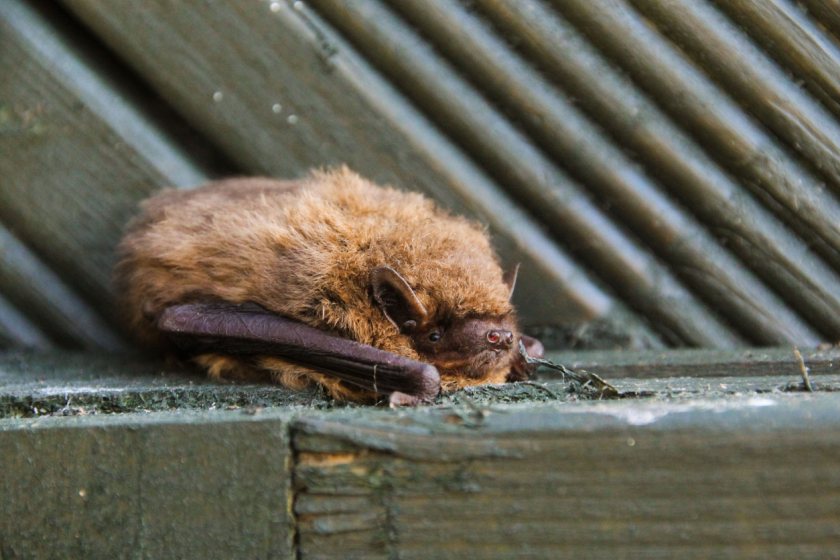
Bats could be a farmer’s best friend if they do more to encourage these pest predators to roost on their land, according to a new report.
The publication has highlighted the benefits of bats to farming landscapes and what actions farmers can take to support this protected species.
Bats are a source of free pest control - with a single bat capable of eating up to 3,000 midges in a night - and are vital for maintaining healthy ecosystems.
The Bats and Biodiversity report, written by SAC Consulting, part of Scotland’s Rural College, highlights the importance of safeguarding bats, which are protected by law, and their roosts on-farm.
Their presence on farmland can mean that there is a source of free pest control, the farm supports the diversity in habitats required for that species, and it can mean farmers have a legally protected roost on the farm.
The report showcases the ten species of bats found on farms in Scotland, including the Common pipistrelle and Soprano pipistrelle bats, as well as less common species such as Leislers and Natterers.
The report says that each species requires a variety of roosts offering different conditions throughout the year.
These include a day roost to rest and shelter in during the summer, a warm maternity roost where females give birth and raise their young in early summer, and a cool, humid hibernation roost for the winter months.
Farmers can support bats on their land by reducing light pollution from steadings at night, installing bat boxes and planting trees across the farm, according to the report.
Leaving ivy and shrubs on buildings, and creating habitat beneficial to bats such as ponds, hedgerows and species-rich grasslands, are also ways.
The report's author, Harry Fisher said: “Seeing bats flutter around a specific area of your farm means it is providing vital resources for some of Scotland’s rarest species.
“Within an agricultural setting, bats can act as a natural control method for pest insects on both crops and livestock. While scouring the night sky for prey, a single bat can eat up to 3,000 midges in one night.
“Over the world, bats are utilised for their natural pest control services. In North America, through catching and killing adult insects and reducing larvae in crops, bats have been estimated to be worth more than £18 billion per year to crop protection.
"In Europe, bats are often encouraged by livestock farmers, as they predate on blood sucking insects that bother their cattle.”
Why bats on the farm are a good sign
The report explains that seeing bats flutter around a specific area of the farm means two things:
• This area has an abundance of flying insects (the sole food of these insectivorous species).
• The farm is providing vital resources for some of Scotland’s rarest species.
Bats come out to feed on insects at night, so farmers are likely to see them any time from half an hour before sunset to half an hour after sunrise.
If farmers are out on the farm around this time, they might see a bat darting around the sky and amongst trees and buildings.
The bat has either came from a roost on the farm, or has travelled to the farm to forage on insects.
If a bat is seen within 30 minutes of sunset, it hasn’t travelled far and most likely there is an active roost either on, or close to, the farm
